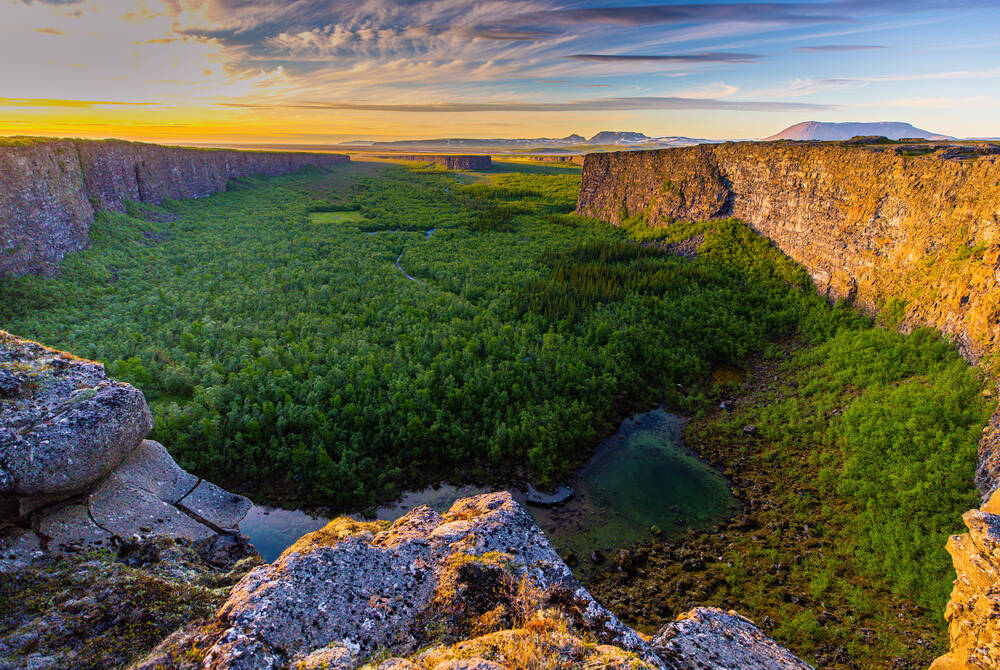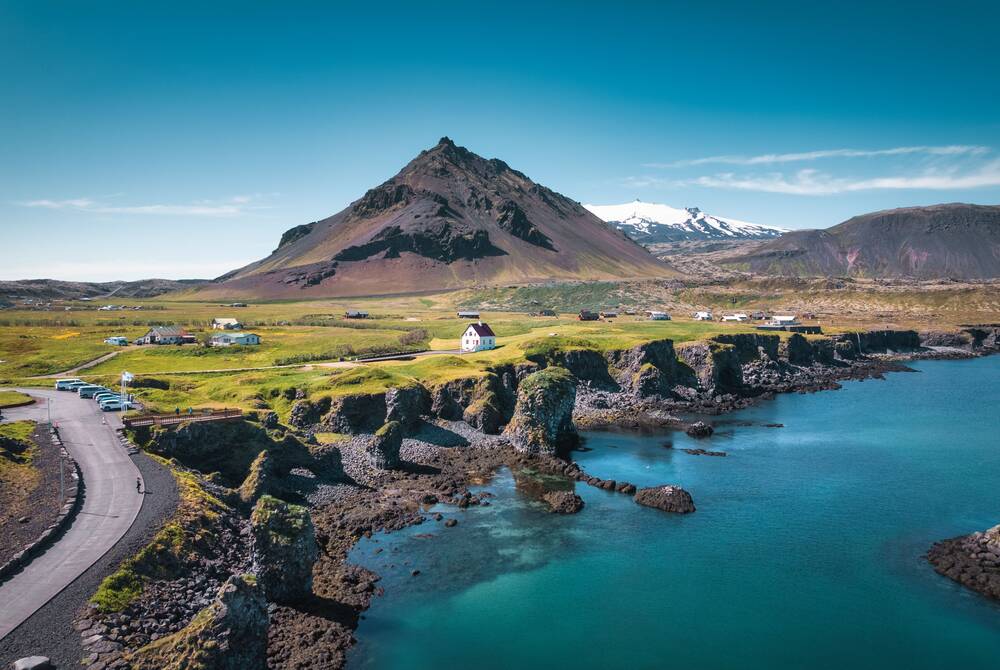Few journeys capture the essence of Iceland quite like a self‑drive adventure. The island’s landscapes – glaciers tumbling into volcanic plains, black‑sand beaches stretching into the horizon, waterfalls appearing around unexpected bends – are best experienced at your own pace. Driving here isn’t simply a way to get from one sight to the next; it’s part of the adventure itself. With the freedom of the open road, you’ll discover hidden corners, linger longer at favourite spots, and feel the rhythm of Iceland’s wild beauty unfold around you.
In this guide, we’ll walk you through everything you need to know before getting behind the wheel in Iceland: from how to choose the right car for your route to the ever-changing weather and tips for planning a smooth, memorable itinerary. Whether you’re tracing the famous Ring Road or venturing into the rugged highlands, this overview will help you travel confidently, safely and ensure you are ready for whatever Iceland puts in your path.
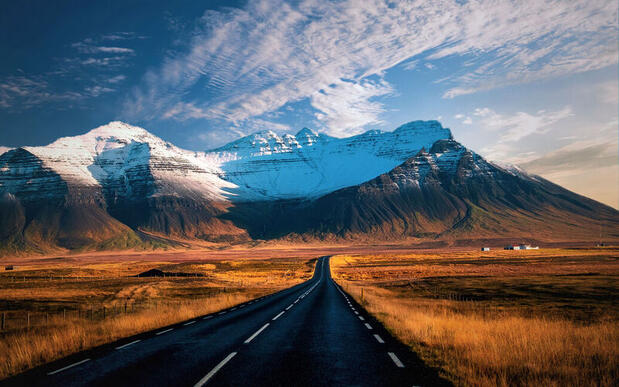
Iceland's countryside is well known for its spectacular scenery
Choosing the right car
Your choice of vehicle will shape your experience. For those planning to stay close to Reykjavik or explore the Golden Circle, a compact car is often sufficient. Roads in these areas are paved and well‑maintained, making driving straightforward. However, if your itinerary includes the highlands or Iceland’s famous F‑roads – rugged mountain tracks that cut through remote terrain – a four‑wheel drive is essential. These roads demand higher clearance and sturdier tyres. Our experts can advise you on the best options available. Many also offer extras such as GPS, portable Wi‑Fi, or gravel insurance. Given Iceland’s unpredictable conditions, these add‑ons can make a world of difference.
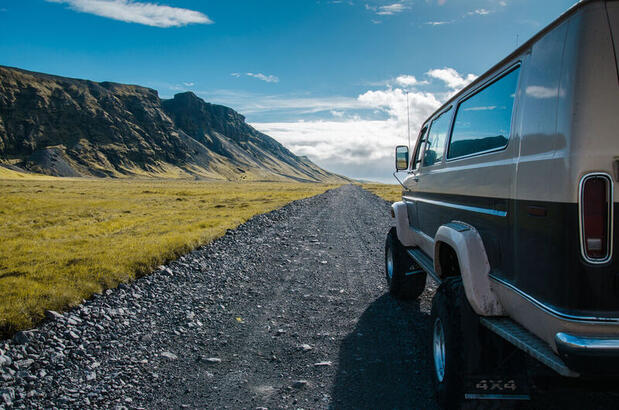
Choosing the right vehicle for your journey is key to a successful trip
Understanding road types and conditions
The backbone of Iceland’s road network is the Ring Road, or Route 1, which circles the island and connects most of its major sights. It’s the perfect route for those wanting to see the country’s highlights in a single trip. Beyond this, you’ll encounter gravel roads that wind through rural areas, where slower speeds are essential to avoid stone chips. Then there are the F‑roads, most of which are open only during the summer and accessible exclusively with 4x4 vehicles. These tracks lead to some of Iceland’s most dramatic scenery, but they require caution and preparation.
Weather plays a huge role in driving conditions. A clear morning can quickly turn into fog, rain or snow. Before setting out, it’s wise to check Road.is for updates on closures and Vedur.is for weather forecasts. Staying informed ensures you can adapt your plans safely.

A specialised vehicle is essential for tackling Iceland's F-roads
Rules of the road
Driving in Iceland comes with its own set of rules designed to keep everyone safe. Headlights must be on at all times, regardless of daylight and seatbelts are mandatory for every passenger. Speed limits vary: 50 km/h in towns, 80 km/h on gravel roads, and 90 km/h on paved rural roads. It’s also important to note that off‑road driving is strictly prohibited. Iceland’s fragile landscapes are easily damaged, and fines for straying off marked tracks are steep.
One charming but unpredictable hazard is the sheep. They roam freely across fields and often wander onto roads, sometimes darting across without warning. Slow down when you see them nearby, and be prepared to stop suddenly.

Wild Icelandic sheep can often be seen wandering on to roads
Seasonal considerations
The time of year you travel will shape your driving experience. Summer, from June to August, offers long daylight hours and generally easier conditions. F‑roads open during this period, allowing access to remote regions like the highlands. Winter, by contrast, brings snow and ice, demanding greater caution. Studded tyres are common, and while driving in winter requires preparation, it rewards you with magical experiences: fewer crowds, frozen waterfalls, and the chance to chase the Northern Lights.

Sudden changes in road conditions are common, especially during the winter months
Planning your route
Popular itineraries include the Golden Circle, with its geysers, waterfalls and historic sites, and the south coast, where glaciers meet black‑sand beaches. For those with more time, the full Ring Road offers a complete circuit of the island, revealing its diversity in landscapes and culture.
Fuel stations are plentiful in towns but sparse in remote areas, so it’s wise to fill up whenever you can. Likewise, allow time for spontaneous stops. Iceland is full of surprises; expect hidden hot springs, lava fields and roadside waterfalls that aren’t marked on any map.
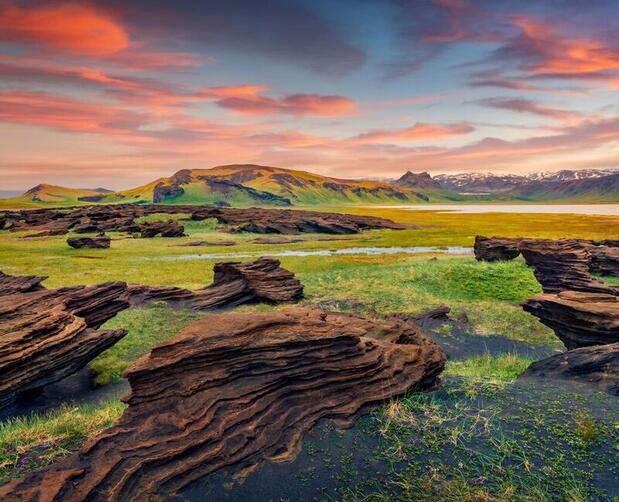
Iceland is full of unexpected surprises
Practical tips
A few simple preparations can make your journey smoother. Carry snacks and water, as services can be far apart. Download offline maps, since mobile coverage, while generally good, isn’t guaranteed everywhere. And consider insurance for gravel or sand damage, which is a common issue given Iceland’s terrain.
Why self‑drive in Iceland?
Ultimately, driving in Iceland is about freedom. It allows you to pause at a waterfall that catches your eye, linger at a glacier as the light shifts, or simply enjoy the silence of a remote valley. Guided tours have their place, but a self‑drive trip offers intimacy with nature and flexibility that’s hard to match.
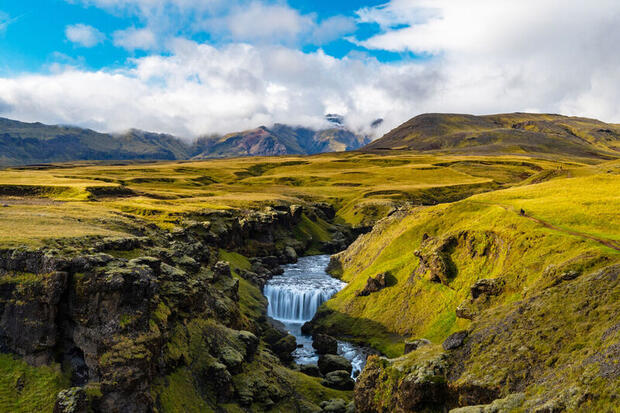
One of many waterfalls in Iceland's countryside

